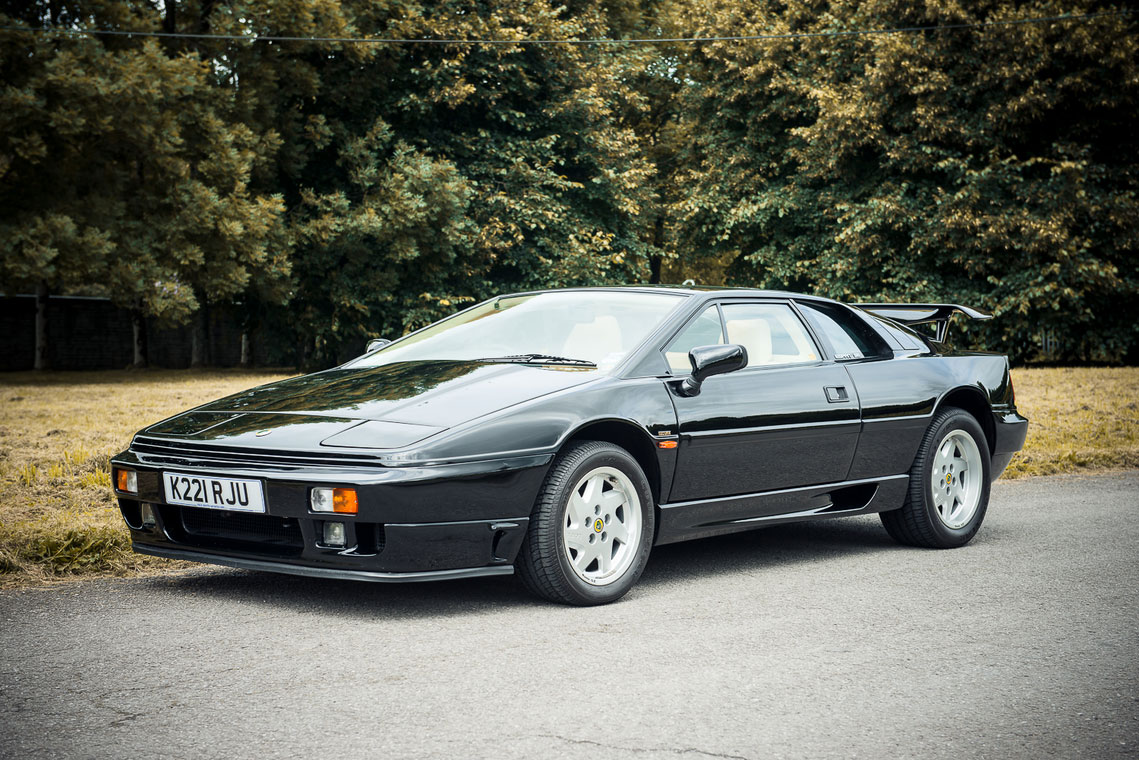Three British sports cars to buy, sell, or hold
Despite their famous rain and gray skies, the Brits love their sports cars. So do Americans. For many years, we snatched them up as fast as the UK could build them. And today there are thousands of British sports cars on the collector car market to choose from, and there is one for every budget.
Given the sheer variety of these cars, there is no universal truth as to how they are doing in the market. Some are appreciating, some are seeing lagging interest, and some are treading water. Using Hagerty’s market data, we can identify cars that would make a prudent buy, cars that have reached the tipping point to sell, and cars an owner might want to hold onto for now.
| Vehicle | |
|---|---|
| BUY: 1994–2004 Aston Martin DB7 | 50 |
 You don’t have to have a James Bond complex to want an Aston Martin. It’s a car that never goes out of style, and because the gorgeous shape of an Aston has remained fairly consistent over the years, even a DB7 that is two decades old can make you feel like a celebrity. Speaking of the DB7, it is currently the most affordable Aston Martin on the market. It was also the most prolific model in the company’s history, with 7,000 built when production ended in the mid-2000s, so good examples are relatively easy to find. Prices have now fully depreciated and have even started their creep upward into collector car territory, with Hagerty Price Guide values up 2 percent and buyer interest up 20 percent over the past 12 months. Yet prices are still low enough that people shopping for a well-optioned new Mustang or lightly used Corvette might also consider a DB7. Most people would choose the Mustang or the Corvette, but plenty of people love the idea of a screaming V-12 enough to turn a blind eye to a new-car warranty. Getting to tell people that you drive an Aston is a plus, too. |
|
| SELL: 1971–74 Jaguar E-Type | 13 |
 The Series III Jaguar E-Type of 1971–74 certainly has its merits, but it isn’t doing very well in the market these days. Over the course of 2014 and 2015, these cars saw a big surge in values, but this was mostly due to big demand for SI and SII E-Types, driving more people to the later V-12 cars. Since then, Hagerty Price Guide values have tracked mostly flat for SI and SII E-Types, but SIII E-Types have dropped by 11 percent. Buyer interest is down 20 percent over the last 12 months, and looking to the longer term, Hagerty Price Guide values for SIII E-Types are up only 15 percent over the last 10 years. That doesn’t even keep up with inflation. Now that the earlier and more desirable E-Types are fully priced, not as many people are turning to the SIII cars, and prices do not look like they’re going to do anything positive in the near term. |
|
| HOLD: 1988–93 Lotus Esprit | 61 |
 People often cite the end of the 1970s as the death of the British sports car. Not true. While the traditional front-engine English roadsters had all but disappeared by the time the calendar turned over to 1981, a few old favorites like Morgan, TVR, and Lotus soldiered on. The Lotus Esprit offered the wedge-shaped styling and supercar performance of continental rivals, but did so with a relatively small four-cylinder engine and came at a much cheaper price. Esprits still represent a great value even today, particularly the Peter Stevens-designed 1988–93 cars that have better ergonomics and build quality than earlier Esprits but don’t have the blistering V-8 performance of the Series 4 cars. Interest in 1980s and ’90s performance cars have been on the rise for some time now, so it seems odd that Esprit prices have plotted a steadier course. Hagerty Price Guide values are up 30 percent over the past five years, but the increases have been steady. The number of insurance quotes from Hagerty clients is down 20 percent over the last 12 months, and while the quoted values are up 17 percent, younger enthusiasts don’t make up a huge portion of buyer interest. That said, we feel that the Esprit is an exotic car bargain that just can’t stay a secret for long. If you compare an Esprit Turbo SE to a Porsche 964 Carrera 2 from the same year, the Lotus is rarer, has more power, weighs less, and is significantly more affordable to buy. With the Porsche, you’re paying 66 percent more per horsepower on average than the Lotus. It seems very undervalued in today’s market, so for Esprit owners thinking about selling, it may be worth it to wait for these cars to finally get the attention they deserve. |
|

